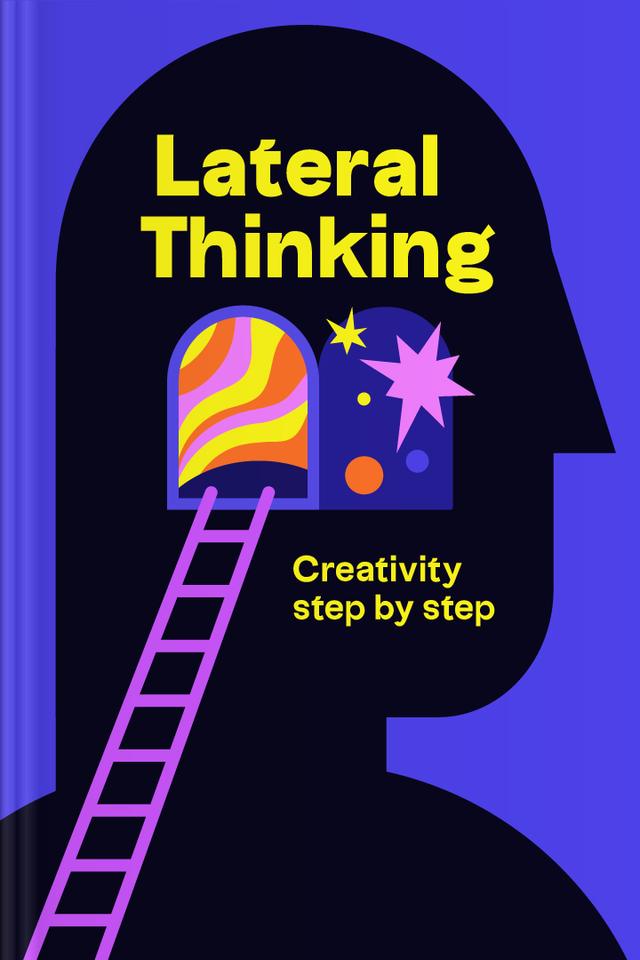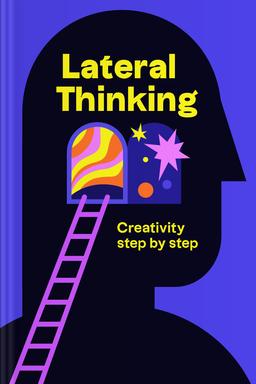You’ll learn
- Tips for thinking outside the box
- How to stimulate insights
- Pointers for effective brainstorming
- Pitfalls of basic assumptions
russia has launched a full-scale war in Ukraine. Donate to support Ukraine and protect the world’s peace.

first KEY POINT
George Land, a general systems scientist, prepared a creativity test to assist NASA in hiring talent. It became so successful that in 1968 he offered it to 1,600 five-year-old kids. A huge 98% of them passed it with flying colors. When the children reached age ten, the researcher reassessed their skills. This time 30% passed the test. At age 15, participants sat for the test again and only 12% did well. As George Land concluded, we are born inventive. Yet the more we master non-creative behavior, the less we think outside the box.Is this replacement irreversible? The answer depends on our beliefs. If we only wait for creativity or insights, the chances of getting them are slim. Instead, we should realize that these skills result from lateral thinking. Its main goals are questioning patterns and generating new ideas.
The need to weaken some assumptions doesn't mean they are wrong or unnecessary. Our logical thinking is an indispensable tool for our survival. It's inconceivable to categorize the world “from scratch” daily. Yet patterns have some drawbacks. One of the most crucial ones — they limit how we view things. With time, we get used to a particular way of dealing with problems or a route for driving and keep other options on margin. However, the conventional approach doesn't equate to the most effective one.
The good news is that we can overcome these limitations. The following sections will show you how.
second KEY POINT
Usually, we have little room for mistakes. We get a bad mark, punishment, or lose money if we do something wrong. Failure has become one of the most prevalent fears, and we strive to be constantly correct. Typically, it means strictly adhering to the rules, which blocks lateral thinking. We dismiss all ideas that aren't “proper” as ridiculous.However, insights depend on wrong ideas. In essence, mistakes are non-standard ways of dealing with situations. Thus, they can undermine the entrenched pattern, offering another perspective.

Continue reading with Headway app
Continue readingfirst KEY POINT
second KEY POINT
third KEY POINT
fourth KEY POINT
fifth KEY POINT
sixth KEY POINT